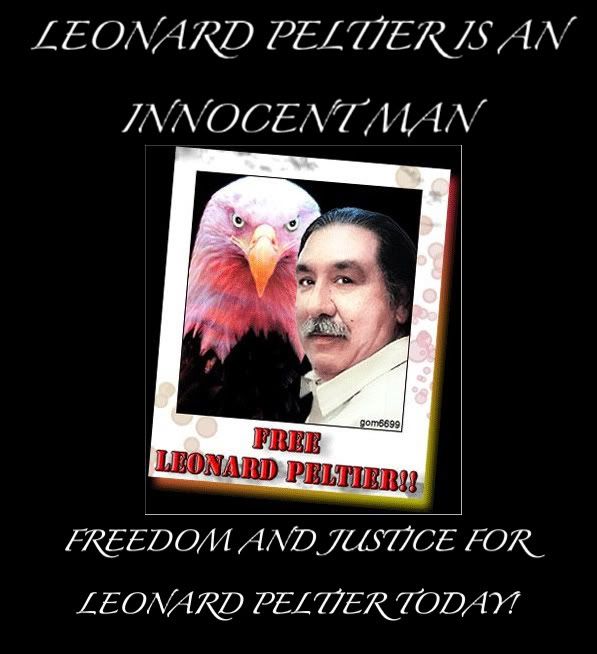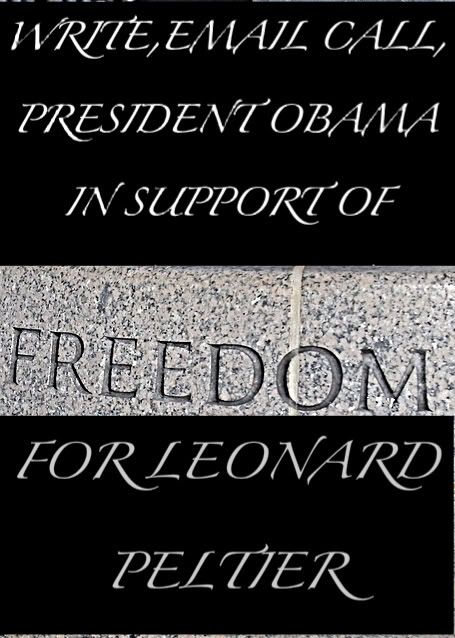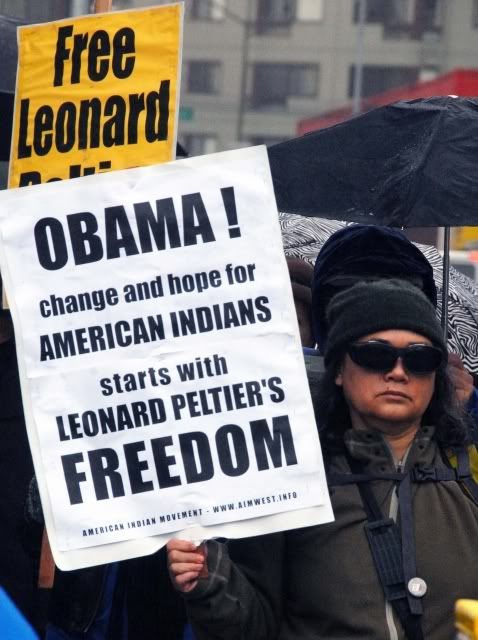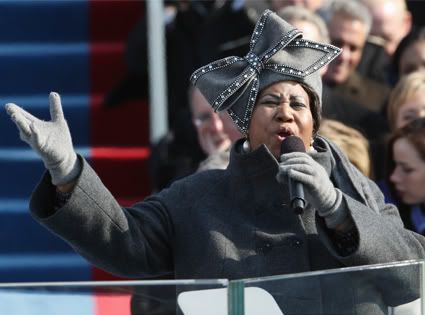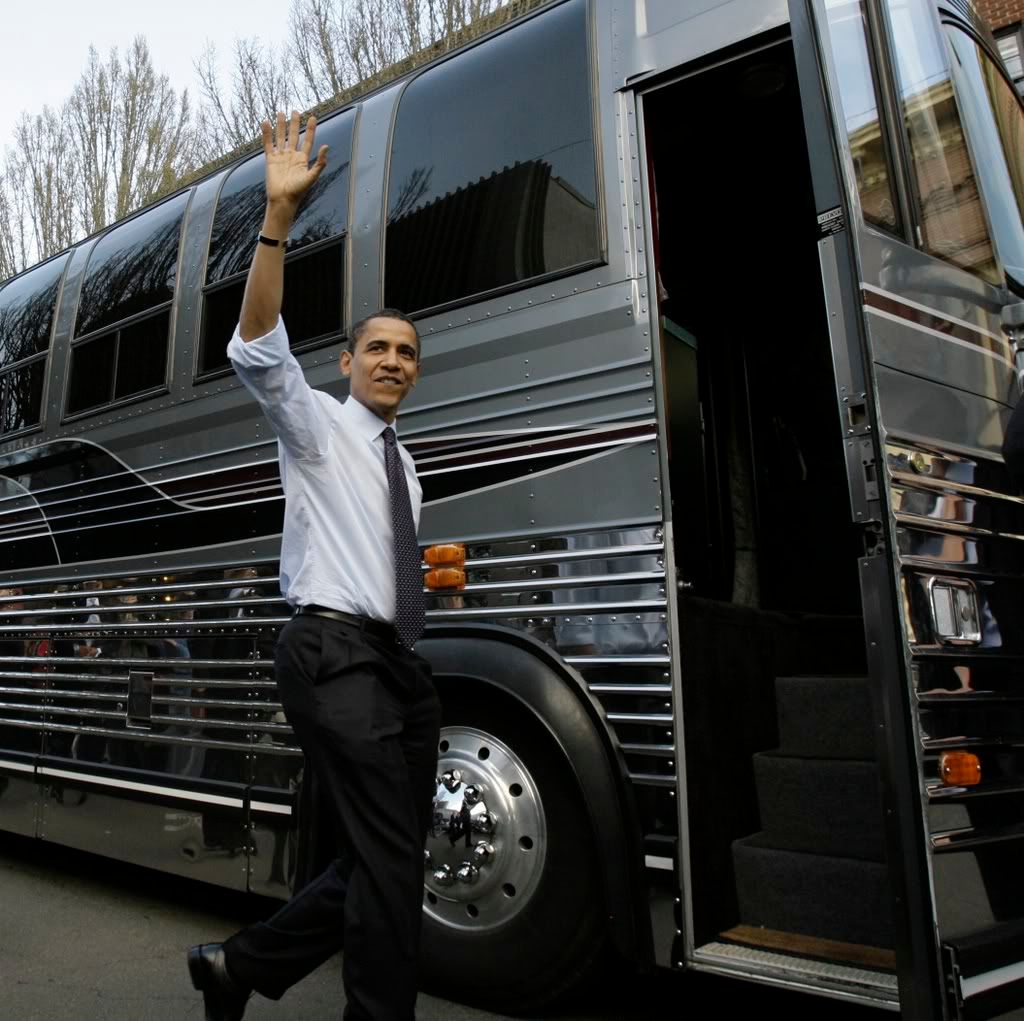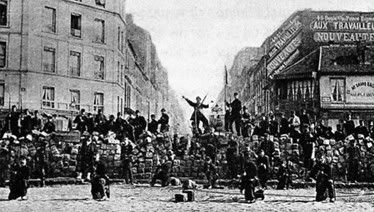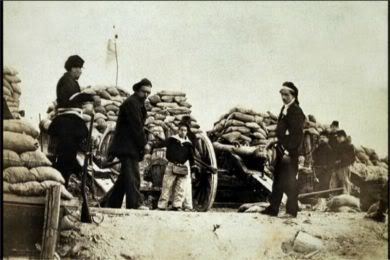I'm a brash blogger. Actually, I used to be an even brasher blogger. I decided I was going to build a big community blog, staffed by a bunch of people with advanced degrees, when I was twenty-one and had just received my bachelor's degree. I attacked the historical profession for being insufficiently interested in the blogosphere without bothering to take the slightest look at the wonderful work already going on in history blogging. I trashed Thomas Bender's most recent book without even having seen it (a problem I've since remedied). Even today, I refer to all bloggers by their first names, no matter what their professional rank (though I don't maintain that in person; thus, the proprietor of Cliopatria is "Ralph" on this site and "Dr. Luker" at the AHA).
Of course, some of this brashness reflects my personality. I do have a tendency to be fearless and blunt in my dealings with people. However, in person, I'm only brash with people whom I know very well and whom I trust. I'm brash with my advisor, but not with my other professors. I'm brash with my close friends, but not with people I hardly know. In the blogosphere, however, it's just the opposite. I'm
more likely to criticize you if I've never read your work before or met you in person. Once you've earned my respect, I'll treat you carefully and give you the benefit of the doubt.
Those of you who haven't read me over a long period of time will be surprised to learn that when I was a political blogger from 2003-2007, I was actually considered something of a concern troll. I had to leave Daily Kos around mid-2007 (though I'm now back in a limited capacity, as a favor to a friend) because I got tired of watching established bloggers pick on newbies, and said so vocally on multiple occasions, which rather annoyed some of the folks I was criticizing. I've never been one for much cursing online, which is a staple of the political blogosphere. And I'm willing to see the good in the occasional Republican, which makes me a despicable turncoat to some extreme partisans on the left.
What I want to explore today is whether brashness in the blogosphere is a drawback of relative anonymity, as many have claimed, or whether it's a positive value. I definitely don't believe the first. I used to believe the second; now, I'm not so sure.
I have a bit of a different view on the blogosphere than do many others because I entered this medium through the Howard Dean campaign. Those of us who were "Deaniacs" fancied ourselves the ultimate populist movement (a bit odd in retrospect given the generally white middle-class demographic of that campaign). We were, to use Jerome Armstrong's and Markos Moulitsas' phrase, "crashing the gate" -- overthrowing the established order and replacing it with a grassroots movement helmed by a "man of the people" (really a blue-blood multi-millionaire, but who cares about accuracy).
Coming from that perspective, I saw our brash demeanor and quickness to condemn those who disagreed with us as both a conscious choice and a powerful virtue. Democrats in Congress had failed us by being lily-livered weaklings, trying to appease when they should have opposed; we wouldn't make that same mistake. Instead, following the bellicose Dean's lead, we crafted a muscular, heroic image of liberalism that would overthrow the existing brand in hand-to-hand combat, then return to the field of battle to dispatch the evil Republicans. (At the time, we couldn't understand why women didn't like Dean -- go figure.) Arguments in the blogosphere, we thought, were simply proxy wars for the real conflict; we were reclaiming America shout by shout.
I believed in that mission for a long time, and part of me still believes in it. But I've come to realize that what's appropriate for one situation isn't necessarily the right fit for another. The Dean movement came out of a particular moment in history in which the leaders of both major parties were peculiarly unresponsive to the needs of the people; the sword-of-truth-style campaign Dean ran would be inappropriate today, when President Obama enjoys sky-high approval ratings from both Democrats and Republicans. In the historical blogosphere, this type of crusading fervor is even more inappropriate; I fail to see what could be the point of crashing the gate of, say, John Hope Franklin. In the historical profession, at least for the most part, people occupy positions of power because they've earned them, and a healthy measure of respect is due to those who've climbed that ladder on the strength of their work. I didn't see it that way when I started this site in September 2006; perhaps I've grown up a little since then.
That said, there's an essential kernel of that brashness that I want to retain: the idea that ordinary people matter, that they matter more than many of us give them credit for, and that we should never stop working to bring them into the academic conversation as much as we can. However, though we may disagree on strategies or on the extent of that commitment, that's not an idea that needs to be sold to my fellow history bloggers. Those historians using this medium, by and large, are doing so precisely because they get it about ordinary people and academia. I'm proud to be a member of that company -- and perhaps, right now, my dissertation is the only gate that needs crashing.
Labels: Jeremy Young
 While I was home over Winter Break, I did an oral history with my dad, Bill Young. That's him on the right, with the devilish eyebrows and maniacal grin.
While I was home over Winter Break, I did an oral history with my dad, Bill Young. That's him on the right, with the devilish eyebrows and maniacal grin.





